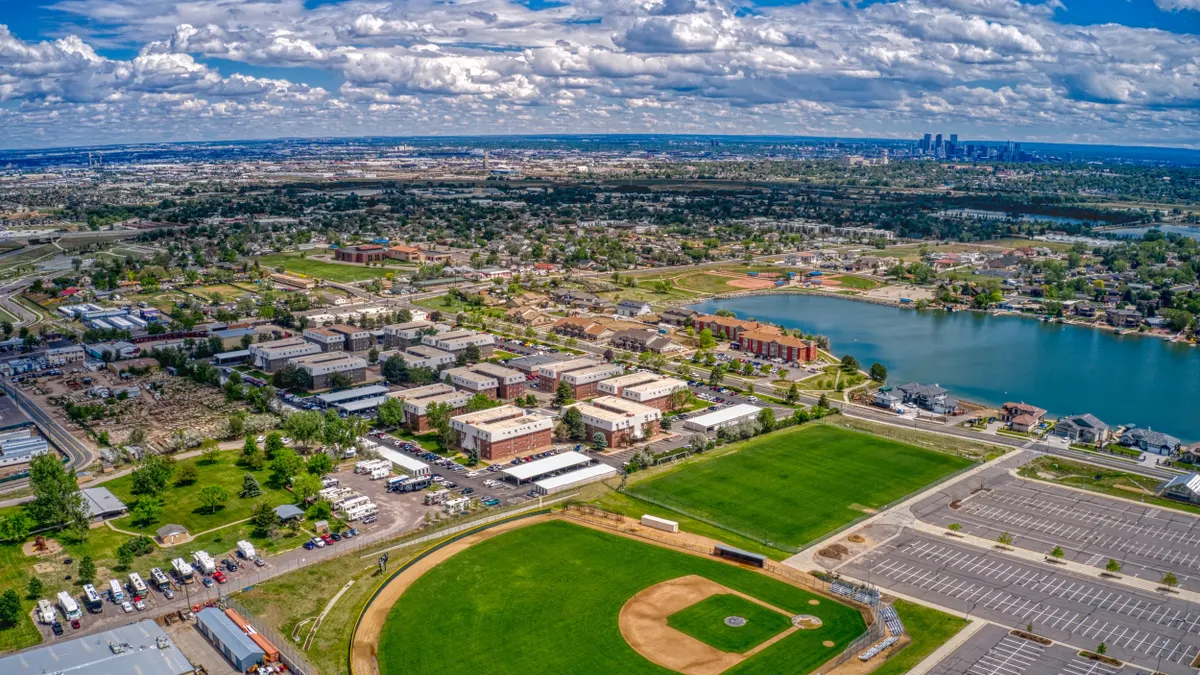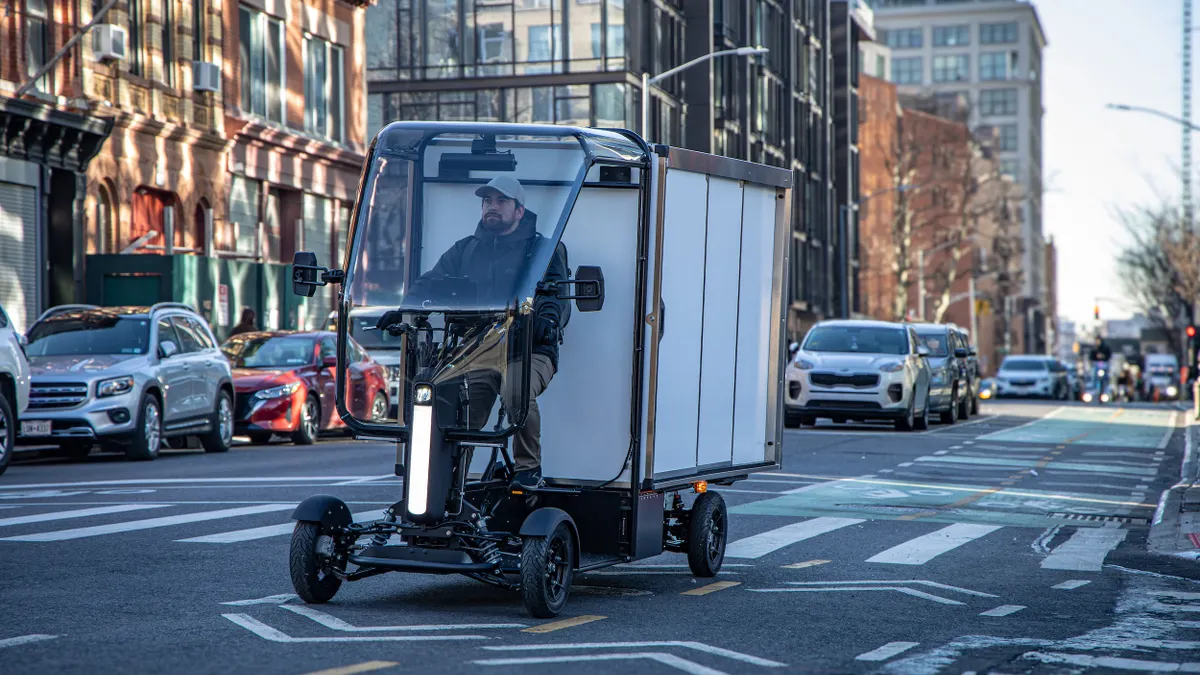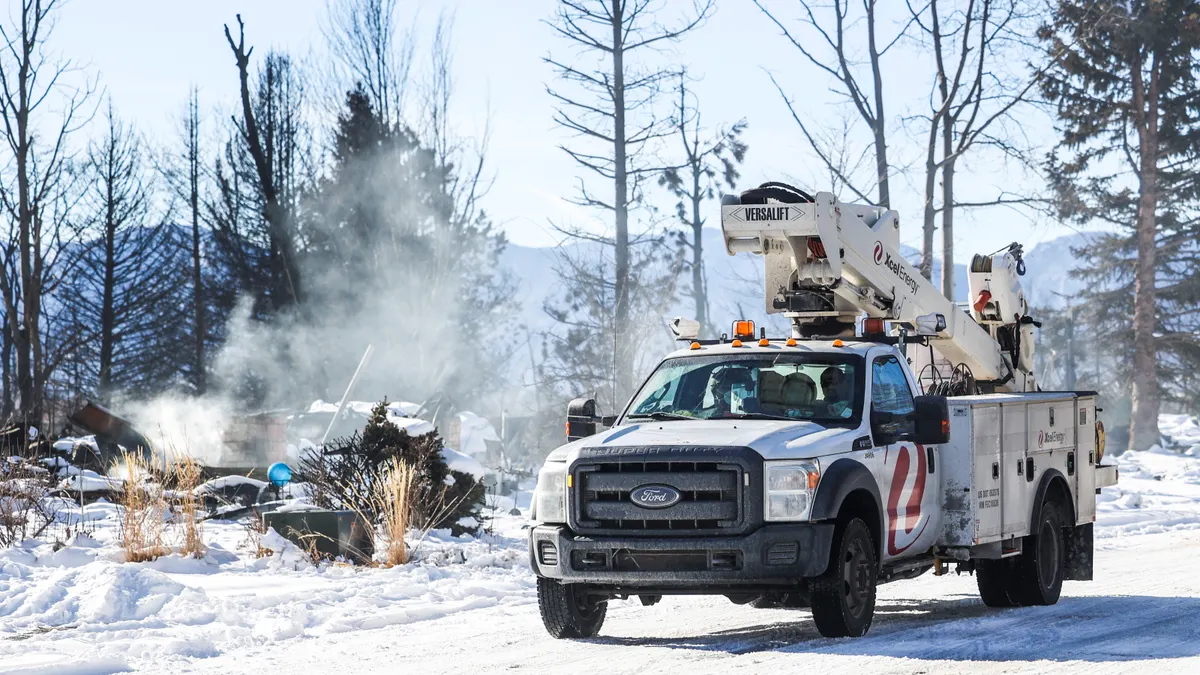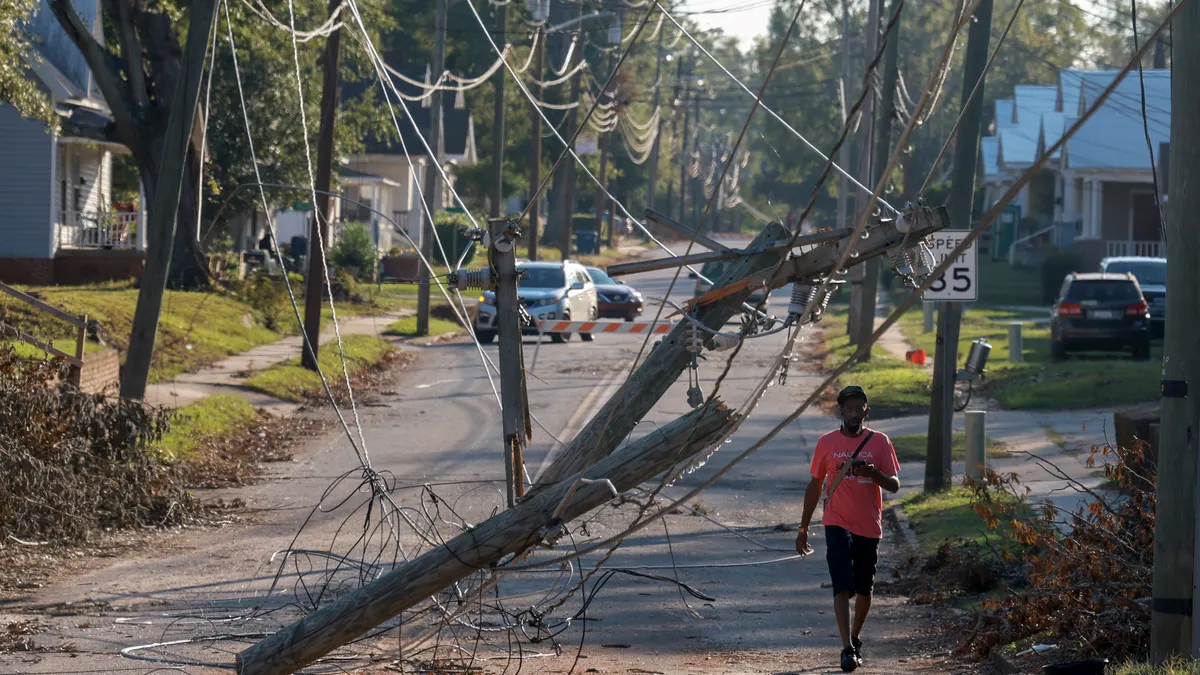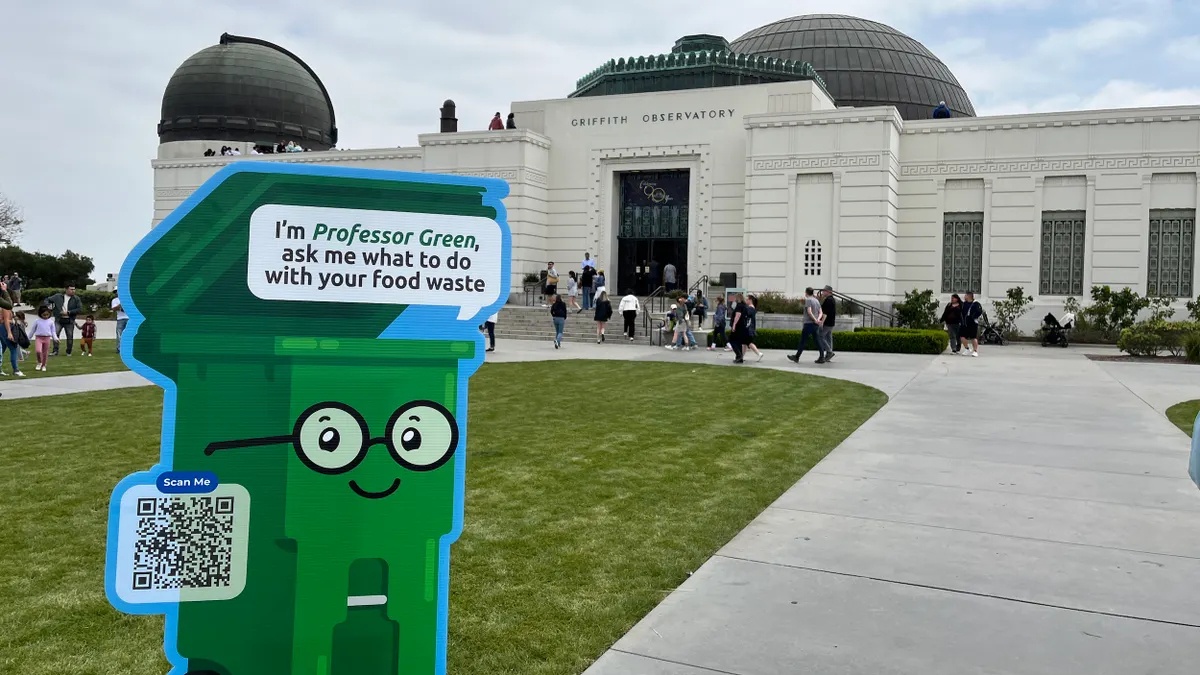Editor's note: This article was originally published in American City & County, which has merged with Smart Cities Dive to bring you expanded coverage of city innovation and local government. For the latest in smart city news, explore Smart Cities Dive or sign up for our newsletter.
When thinking about local governments, do special districts come to mind? Think about water districts, fire districts or even park districts. Special districts and special purpose districts (both are sometimes used interchangeably) are a vital yet often underrecognized component of local government and the community at large, left behind in the shadow of broader municipal or county governments. To better support and raise awareness for special districts, it’s important to educate the public on what special districts are, the challenges they face and how to navigate them. This is critical because city leaders should look to special districts as a partner for the betterment of their community.
The who, what and why of special districts
Special districts are a form of local government created to provide a single public service within a defined geographic area. According to Census data from 2022, there are 39,555 special districts in the U.S. They are designed to address specific needs or functions that may not be adequately met by existing governmental structures. They focus on one specific function of local government to serve residents, exemplifying expertise in a specific area, like fire, water or parks.
Special districts are created through legislative action, such as statutes or local ordinances, and usually involve community input and approval. In contrast to local governments, they have small share funding and lower budgets. Finally, they operate within a defined geographic area and that ranges from a few thousand residents to larger districts depending on the service that they provide.
Special districts perform critical functions, including managing infrastructure and facilities, enforcing regulatory compliance, engaging and communicating with the public, and handling financial management and budgeting. Their ability to focus on a specific function enables them to foster a different relationship with their community and be an educational platform for the next generation of local government officials.
Top four challenges for special districts
Since special districts are built to serve specific community functions and operate independently, they face a unique set of challenges compared with those of cities and counties, while also sharing a few.
First, special districts must navigate compliance with both state and federal regulations with fewer resources than larger state and local governments. This includes adhering to laws like the Freedom of Information Act (FOIA), accessibility standards (DOJ’s new rule on accessibility), auditing requirements, and specific environmental regulations for water and park districts, or safety standards for fire districts.
Adhering to these regulations can sometimes be difficult for districts if they experience administrative burdens due to limited staff and budget, as well as limited specialized knowledge regarding these regulations. These limitations make it especially challenging to keep up with evolving compliance laws and standards.
Second, since special districts focus on a single service, there are many separate governing bodies for different functions in a region which causes fragmented governance. Since special districts are made up of elected or appointed officials, conflicting priorities and misunderstandings can occur, as well as non-compliance with transparency laws (like open meetings and public records requirements). This fragmented governance and challenges with transparency can lead to obstacles with collaboration and coordination causing inefficiencies or overlap with different government entities.
Special districts, cities and counties share a few challenges, including technology, cybersecurity, and emergency preparedness and response. Local governments and special districts face similar challenges like outdated technology systems which lead to issues with efficiency, data management and communication. Since these districts rely on digital systems, cybersecurity concerns rise. This remains a challenge as the cost and complexity of upgrading technology and improving cybersecurity practices is a roadblock for many districts.
Finally, navigating emergencies like natural disasters and pandemics is an ongoing challenge for cities and counties and special districts. To continue to serve their communities and support public safety during these times of distress, robust planning, response capabilities and coordination with other agencies are necessary. While there are different agencies and special districts at work within local government operations, they can share common challenges and, as a result, should work together to find solutions.
Solutions and strategies for special districts to navigate challenges
Special districts can take steps to enhance their operations and better serve their residents through integrated and innovative technology solutions that will help them navigate these challenges. It is critical that special districts evaluate technology solutions and software that will meet the needs of their district. Some things to consider include scalability, compliance standards, collaboration capabilities, streamlined operations and timesaving for administrators, cybersecurity strategies, cloud-based software and ease of use.
First, investing in technology and working with trusted partners will help special districts streamline their operations, improve communication with residents and enhance their cybersecurity practices. To avoid budget constraints, there are solutions that provide cost-effective ways for these entities to manage infrastructure and ensure compliance with regulations. Specifically, some of the technology includes capabilities that can help create easy-to-navigate websites, ensure compliance with ADA and web accessibility standards, automate public records requests and ensure transparency and compliance, streamline workflows and digital services and support mass notification systems.
By leveraging these types of technology solutions stated above, special districts can improve trust and transparency within their communities leading to a culture of openness and accountability. For example, by offering transparency in budgeting and planning and user-friendly websites and social media, community members may engage more with their special district departments and feel supported and heard by their decisions.
Since special districts are an underrecognized part of local governments, it is important that local governments provide education on what they are, the challenges they face and technology’s role in navigating those challenges. By fostering greater awareness and support for these districts, we can help them improve their operational efficiency and better serve their community.
With the growth of cities and counties, the role of special districts will become even more critical to residents’ well-being, public safety and the overall success of local governments.
About the Author
Brenden Elwood, CivicPlus’ vice president of market research, has more than 14 years of experience as an elected official and with professional research.



